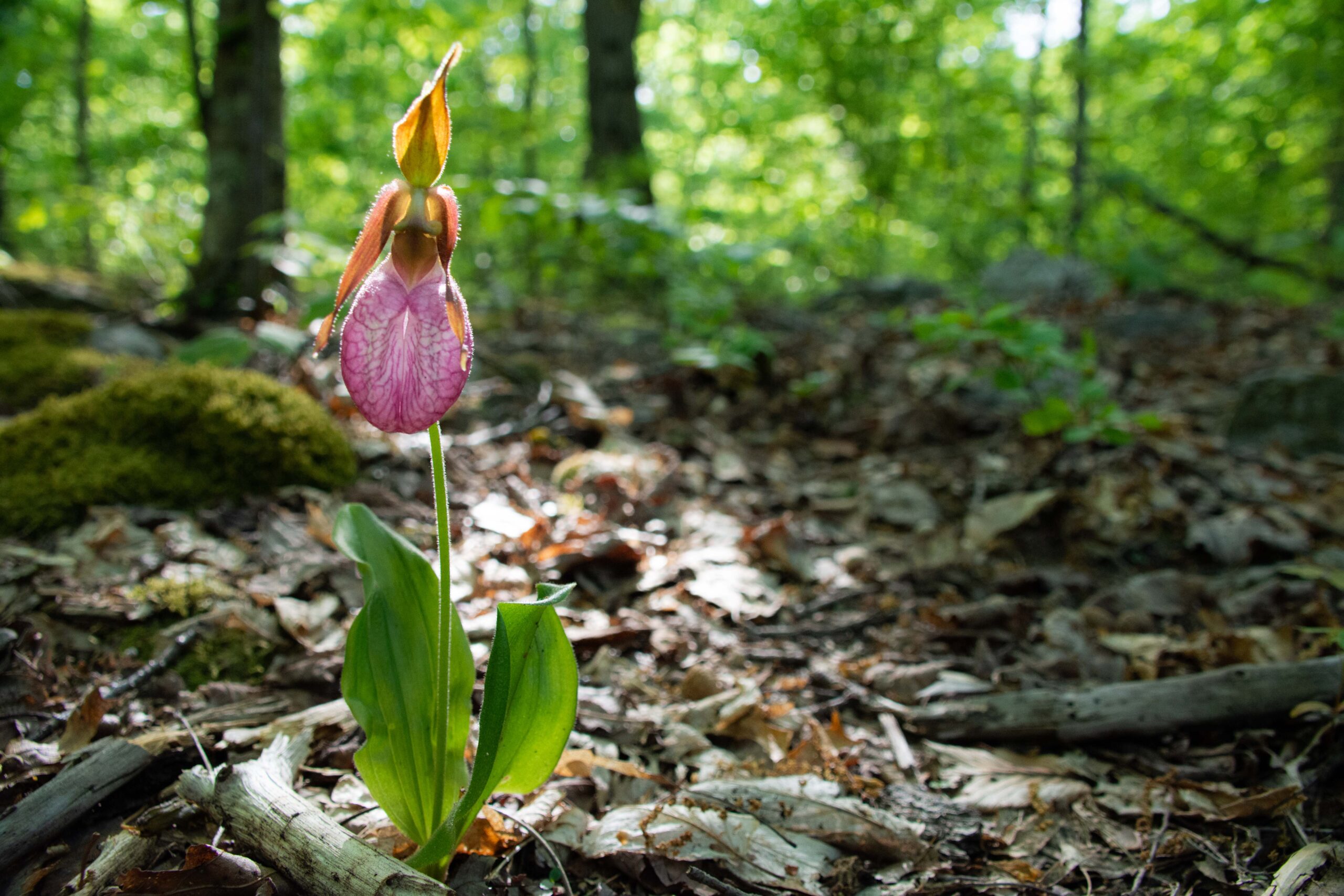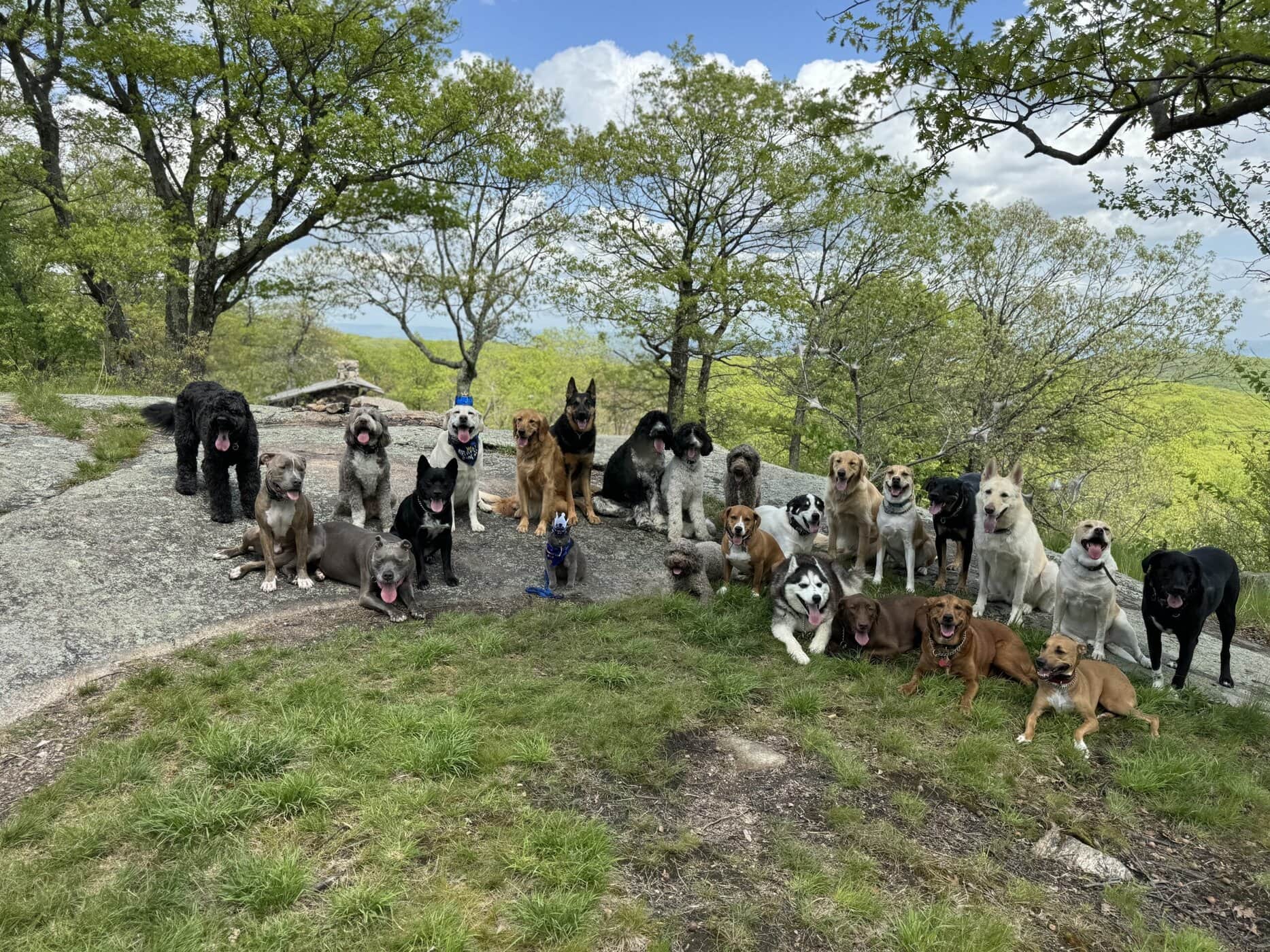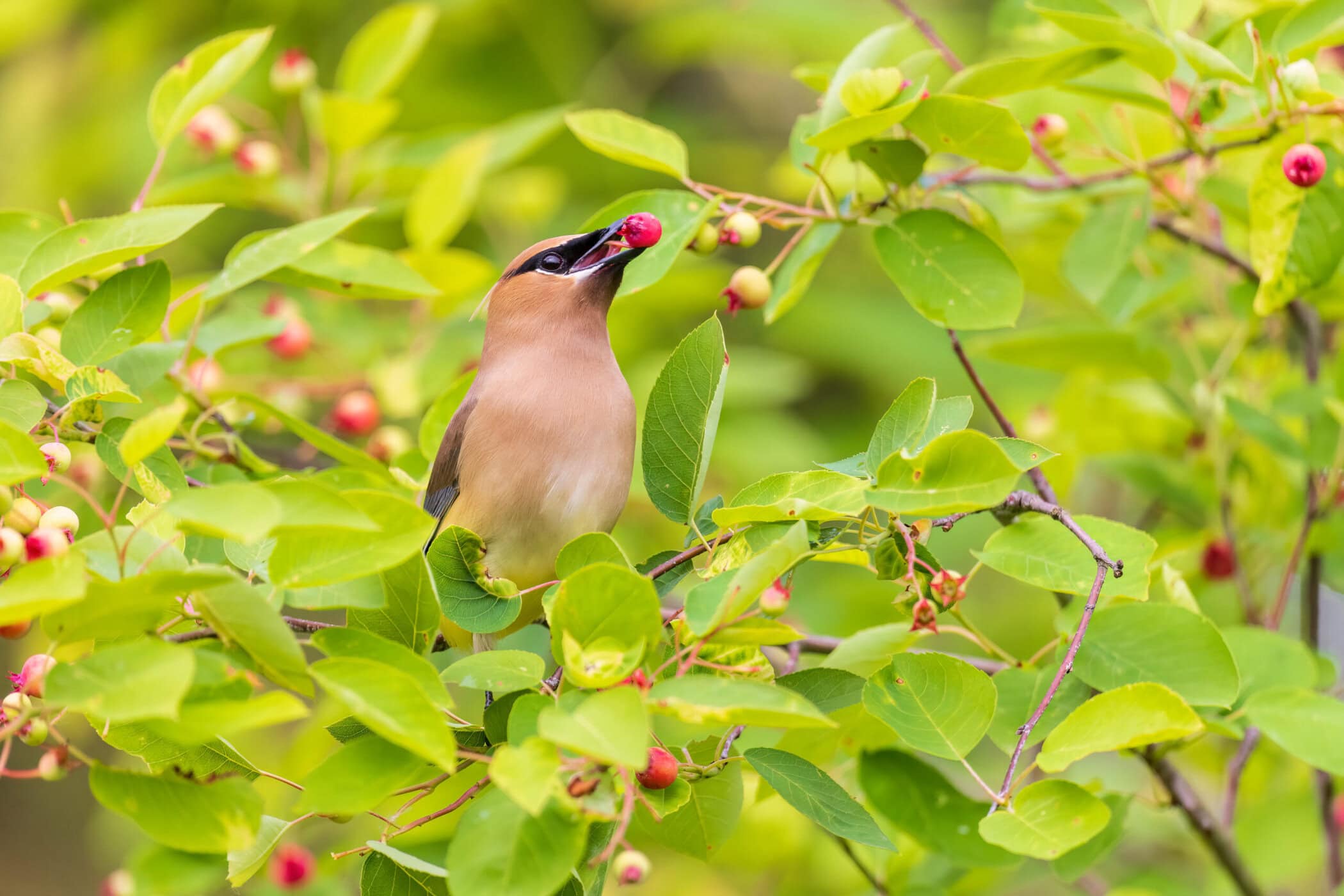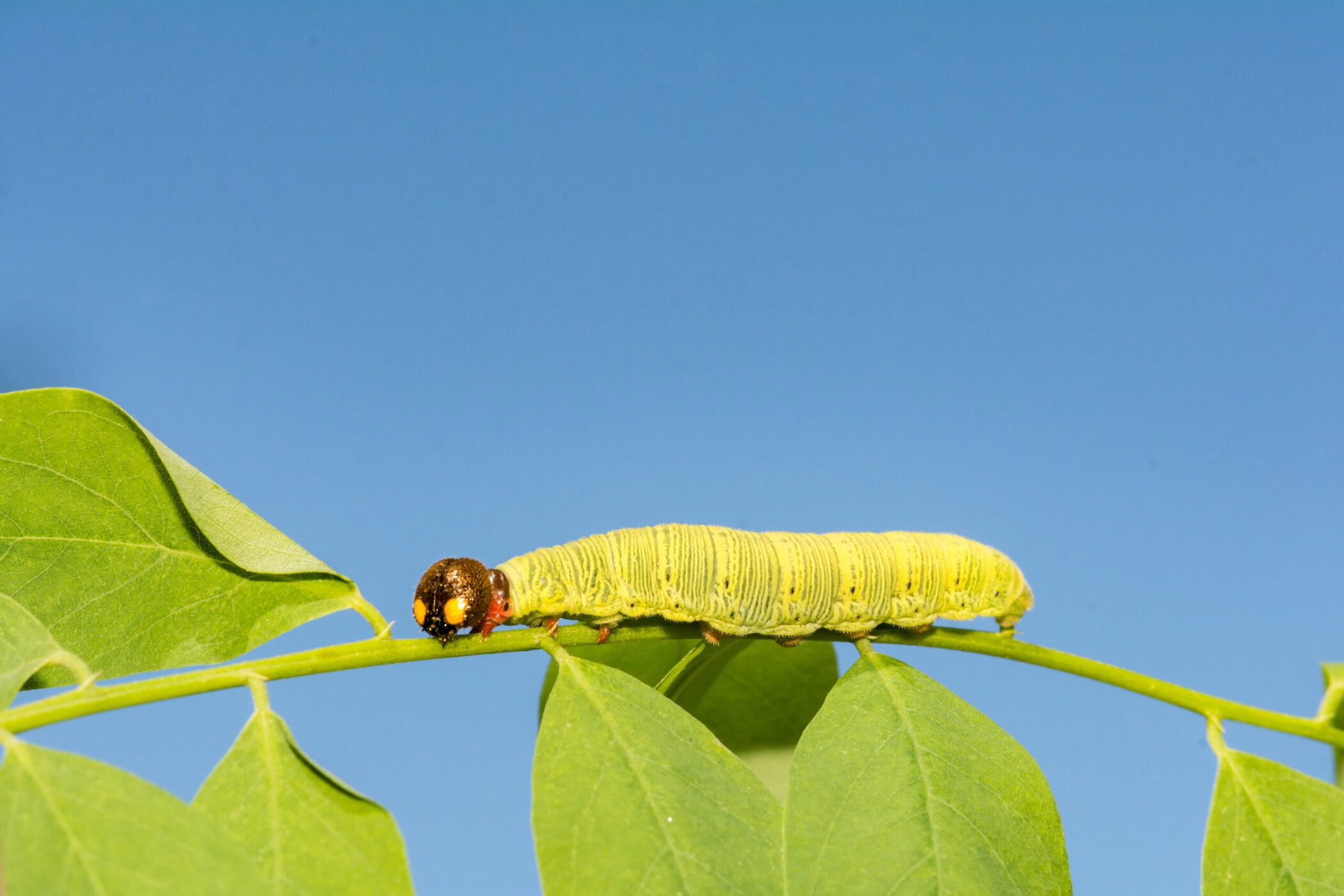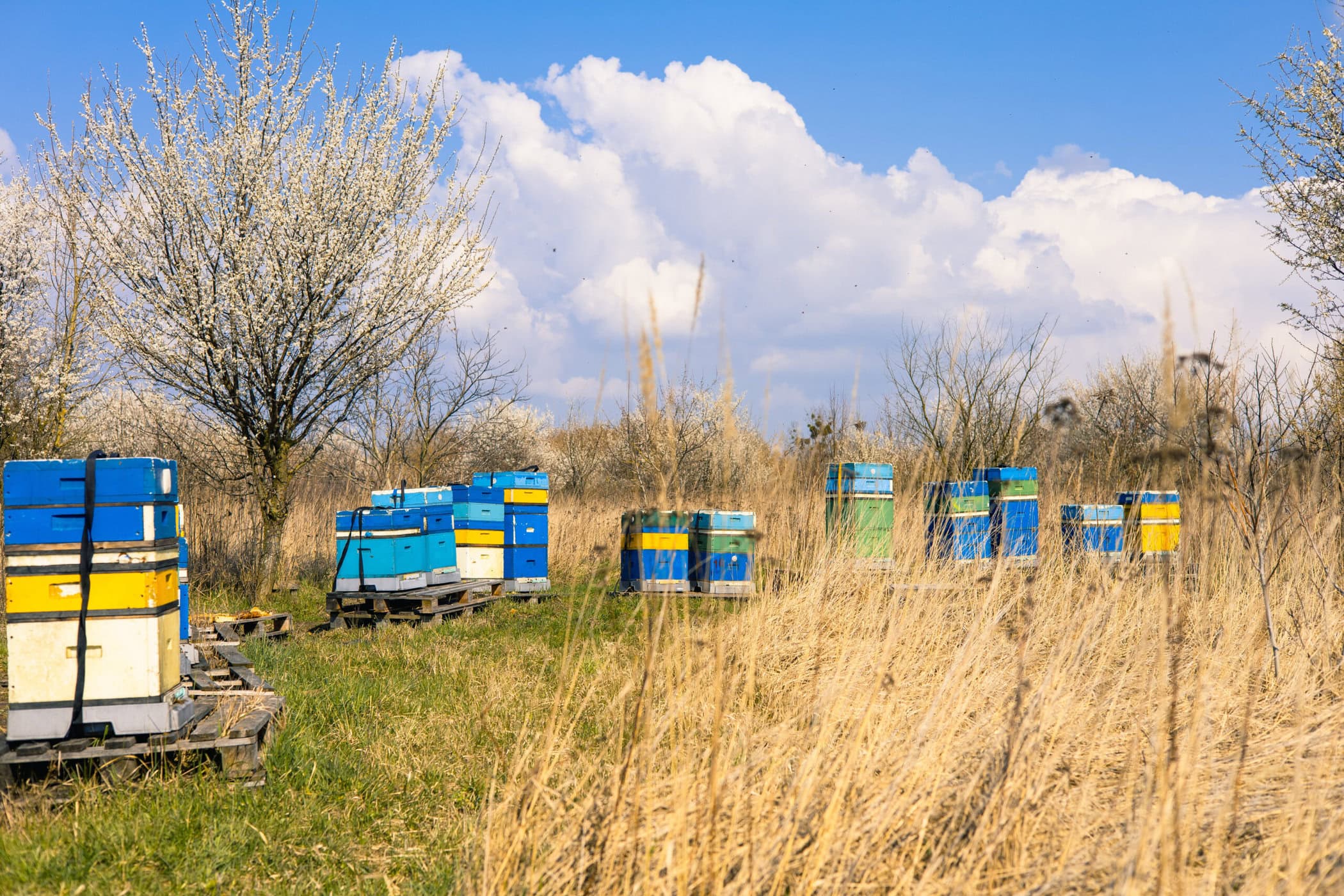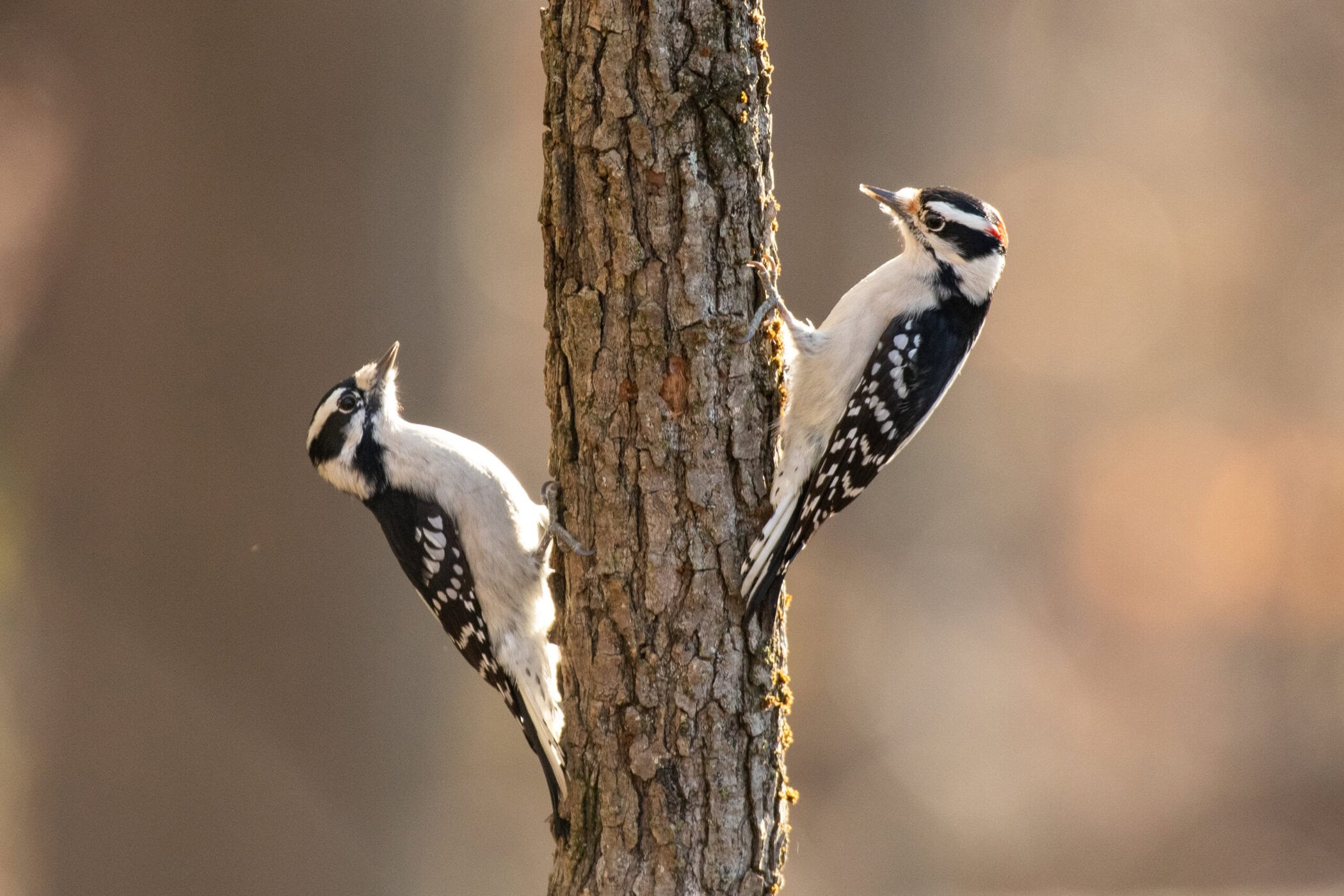They dart in front of your car, maybe even your bike, then double back — squirrels may seem extra-erratic. But as we get into the heart of winter, it’s time to fully appreciate the creature that may actually be the most skilled prepper among us: the squirrel.
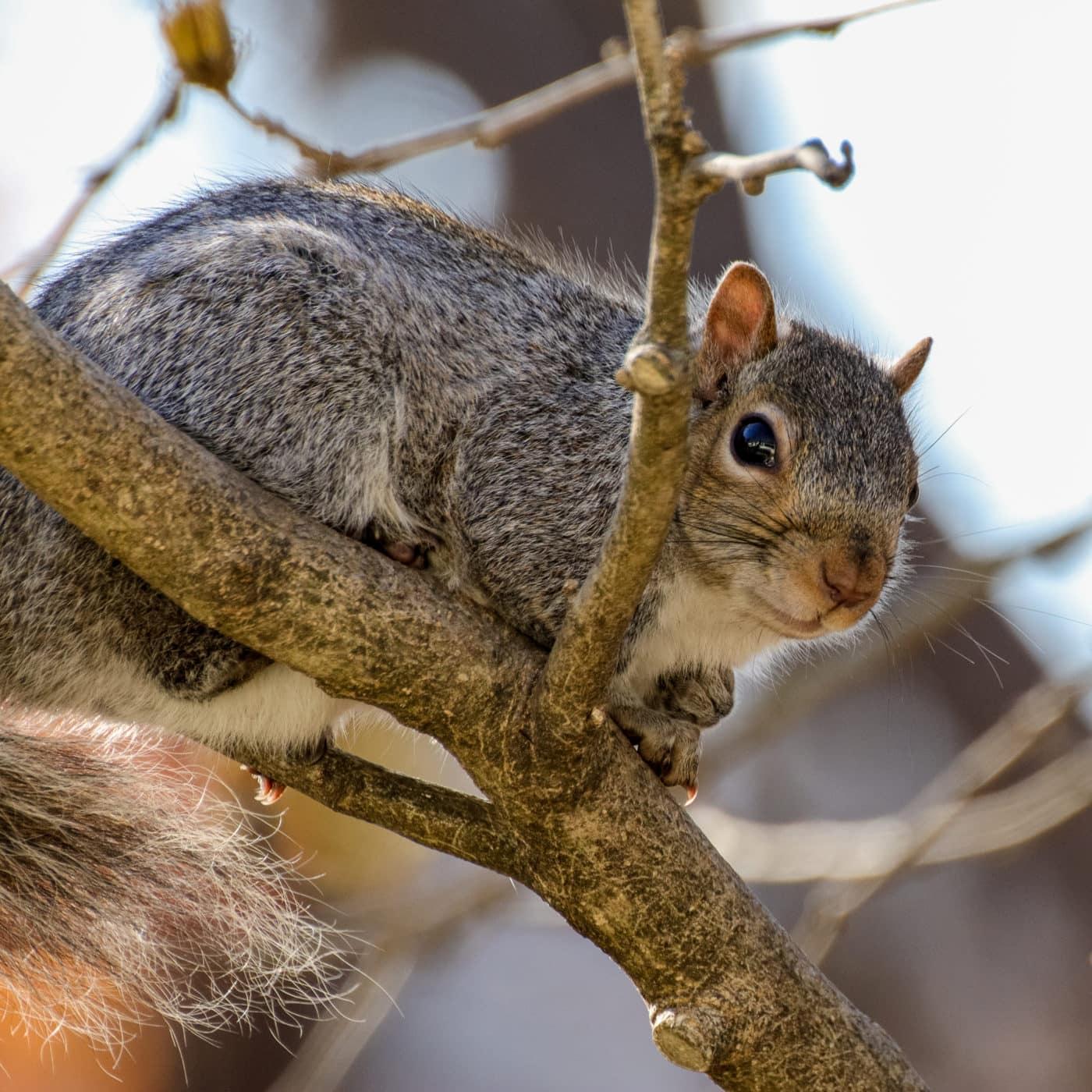
Humble as they may be, common rodents like the Eastern gray squirrel play a key role in the ecosystem we know and love. They are seed dispersers by nature, planting innumerable trees each year as they store food. Squirrels famously deal in acorns (and thus, oaks), so if you can’t get enough of those brilliant orange leaves this time of year, you know who to thank.
“[Squirrels] are important seed dispersers for many hardwood species, everything from oaks to hickory to walnuts,” says Michale Steele, the H. Fenner Chair of Research Biology at Wilkes University in Pennsylvania. “They are the primary way in which seeds get dispersed and survive in establishing new seedlings and adult trees.”
They’re smarter than you think
Despite the common assumption, squirrels don’t wind up bolstering forests just because they forgot where they buried their nuts. In fact, behavioral observations suggest quite the opposite is true. Squirrels, known for being so-called “scatter hoarders,” tend to remember exactly where they stored their caches, and even organize these deposits a lot like you would your own pantry.
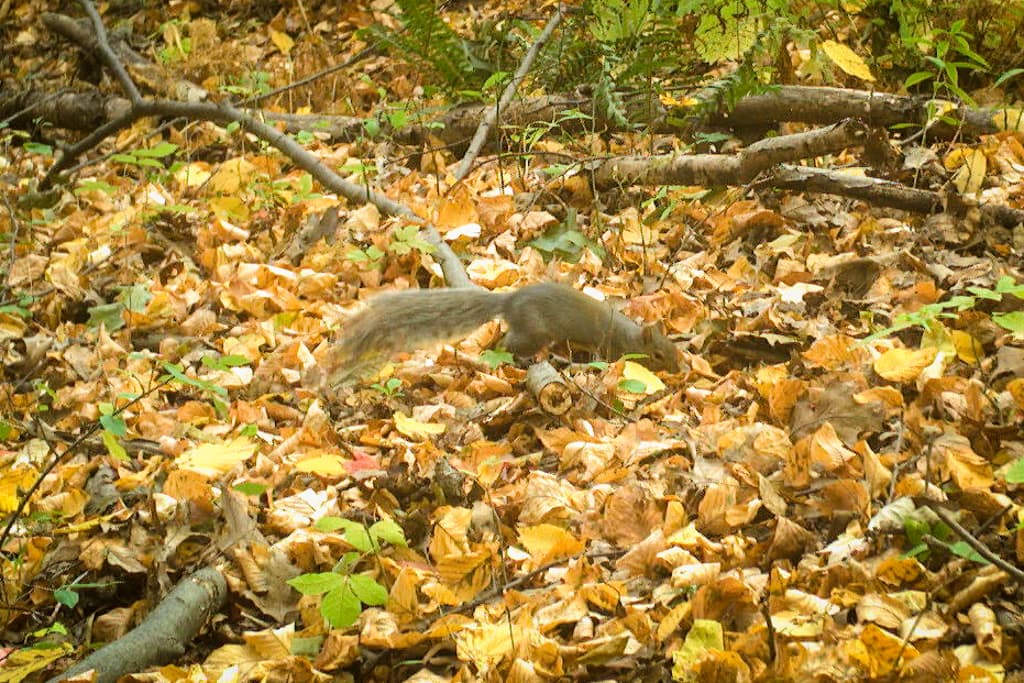
According to a study out of the University of California, Berkeley in 2017 that focused on fox squirrels, these clever rodents group specific types of food together in a technique known as “spatial chunking.” They might, for example, keep nuts of a particular size in one cache while placing nuts of high nutritional value in another. Squirrels might even go to greater lengths and put themselves at higher risk of getting picked off by predators to find exceptional hiding spots for their preferred-seeds, Steele notes. After all that work, they aren’t likely to be wasteful.
But many factors contribute to whether or not the squirrel actually eats the entirety of those acorns it stored. Seeds might start to germinate before a squirrel comes back for its stash, and tannins near the embryo can give it an off-putting bitter taste, Steele noted during research efforts earlier in his career.
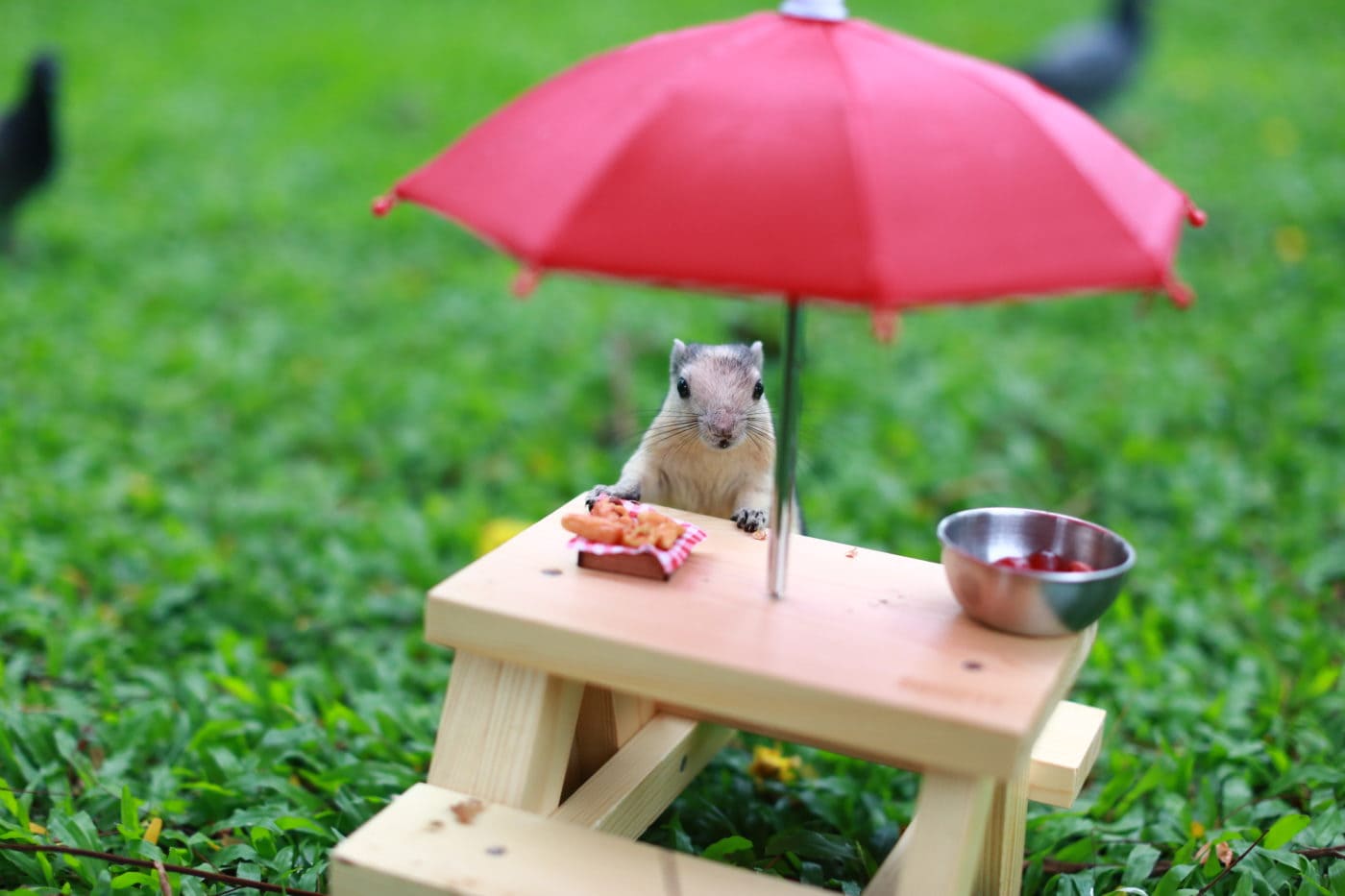
“It’s actually a falsehood that they can store more than they need,” Steele explains. The Berkeley study, among others, indicates that squirrels “can remember exact locations,” though for how long we’re not yet certain. “They’re constantly moving them around and re-caching them,” Steele says. “And so we think they manage them all through the winter.”
They’re full of surprises
If they think they’re being watched by a rival, squirrels will even create decoy stashes, digging a hole and pretending to bury a food item in it to fake out the competition. That type of “tactical deception” is typically only observed in primates, Steele says.
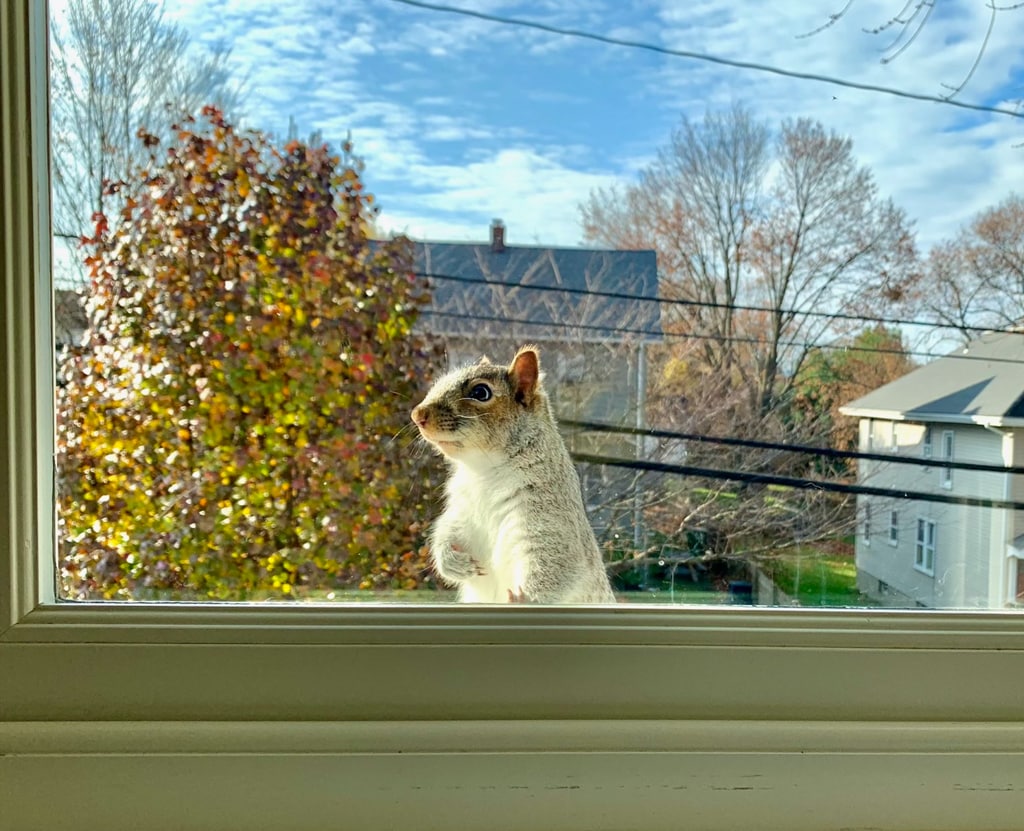
The misconceptions go beyond the myth of squirrels’ forgetfulness. They also don’t hibernate. Eastern gray squirrels remain active in the winter, though to a lesser degree, and live off these meticulously planned food stores and their own fat reserves for months, being careful not to expend too much energy.
Squirrels also see in color, another attribute that surprises some, Steele said. They have dichromatic vision, and while their color vision isn’t nearly as robust as a human’s, research suggests they’re still able to distinguish between certain color cues.
All it takes is a few minutes of watchin to start appreciating how complex squirrels really are, says Stewart Haddock, the Senior Associate and Squirrel Sighting Coach for the Squirrel Census. The census has been tallying squirrels in the Eastern U.S., starting with Atlanta’s Inman Park in 2012 and 2015, and Central Park in 2018.
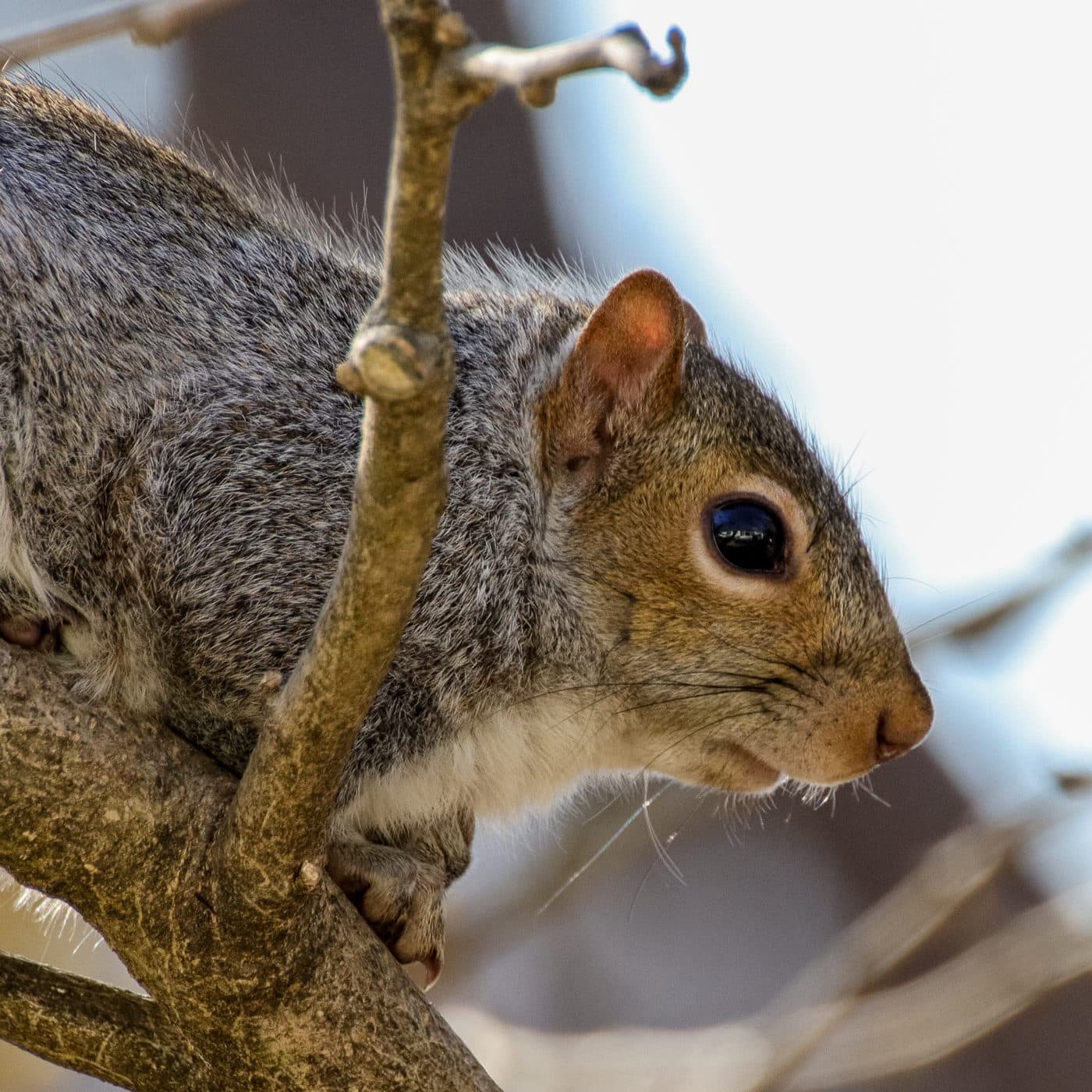
The most notable difference between the two regions? “There were more black squirrels in New York than there are in Atlanta,” Haddock says. “I don’t think we counted any black squirrels at Inman. At first, you’re not sure if they are squirrels because you’re like ‘No, they’re supposed to be gray.’”
Prior to the early 1900s, you’d be hard-pressed to find a squirrel in the city at all. They stuck mostly to the woods and agricultural areas and lacked the boldness that has come to be characteristic of the species as they adapt to life alongside humans.
They warn each other of threats, whether predatory birds or neighborhood dogs looking for a chase. “They seem pretty smart,” Haddock says, adding that they have an interesting system of vocalizations. “They are definitely communicating, definitely about birds but also about stuff on the ground. You often don’t know what they’re communicating about, but you can hear them kind of screaming.”
They’re opportunists
Despite how ubiquitous squirrels have become, they still manage to catch us off guard here and there with their antics. This year, squirrels seemed to have turned extra attention to people’s porch decorations, massacring pumpkins with abandon (squirrels ate the faces off of two of this writer’s jack-o’-lanterns). That, according to Steele, is because of last year’s abnormally high acorn crop, which caused rodent populations to explode.
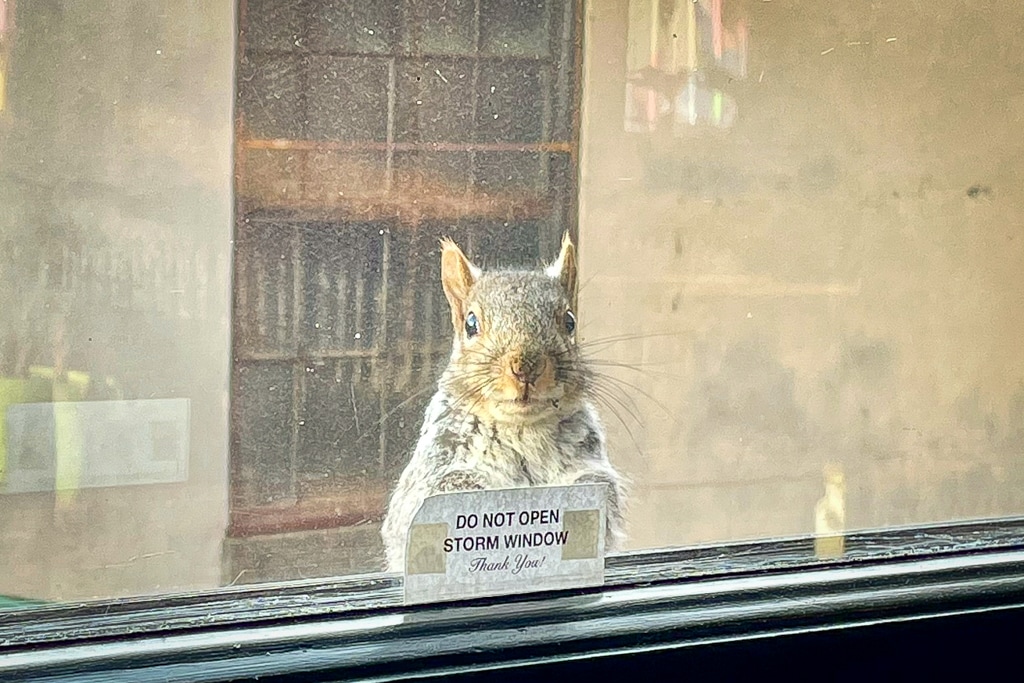
“I’ve gotten one call after another about squirrel problems because squirrels are everywhere right now,” Steele laughs. “And this year there’s been a mass failure, and we have hardly any acorns and so there’s not much to eat. Pumpkins are one example — they’ll eat flowers when they’re available.” Insects are also a common snack for squirrels, he notes.
Squirrels are crafty — it’s crucial to their survival. So if we can’t outwit them, we might as well sit back and enjoy their company — or as has been a trend this year, literally invite them to the table.


